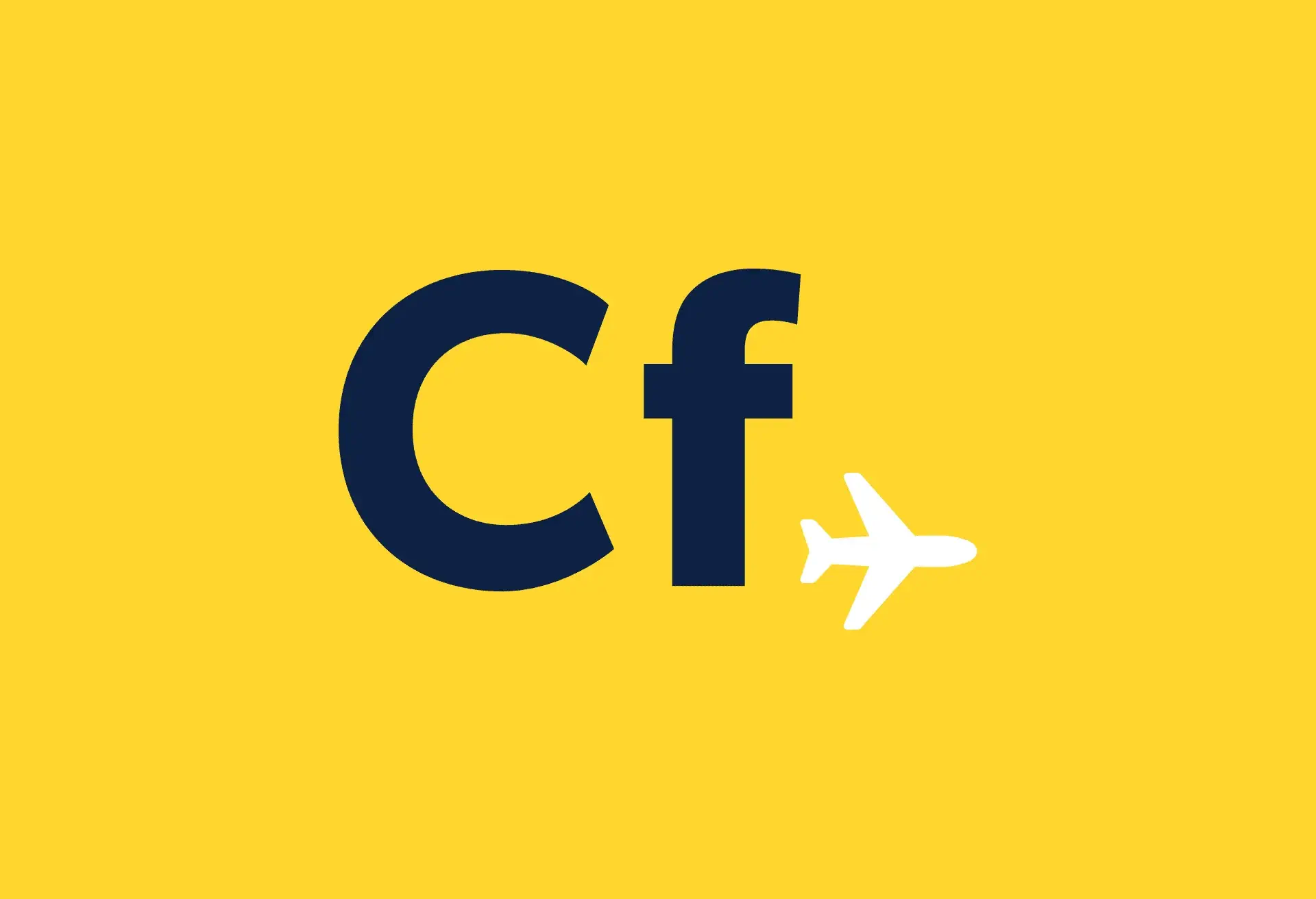Recent US economic news and January’s aviation global stats indicate that while passenger growth rates have slowed, international passenger traffic and the all-important US economy are improving gradually, writes John Barrington-Carver. In the US, the Bureau of Economic Analysis has announced that US annualised growth for the 4th quarter in 2011 was up from its initial estimate of 2.8 per cent to 3 per cent. This was ahead of market expectations for an unchanged figure and should encourage more positive market expectations for the US economy.
In its January review the International Air Transport Association (IATA) which represents 93 per cent of the world’s airlines reports that international passenger traffic rose by 5.5 per cent in January year over year with seat capacity lagging at 4.2 per cent growth.
In the US however, against the global trend, passenger traffic actually dropped by 0.3 per cent. This was offset by a drop in seat capacity of nearly 1 per cent enabling US carriers to enjoy a slight growth in the all-important load factor.
In Europe, which has been beset by currency uncertainties, the persisting economic weakness of the region resulted in a lower 5.3 per cent year-on-year January gain in passenger numbers compared to the 9.5 per cent growth recorded in December. This reduced passenger gain occurred despite the attractiveness of the weak euro to tourist traffic and export activity. However, the average load factor strengthened to 75.7 per cent due to a relatively small 2.7 per cent rise in seat capacity year over year.
So what can consumers take away from these perhaps unfamiliar figures? What might they mean for fares?
Firstly, they indicate that airlines are being much more reactive in attempting to match seat capacity to passenger numbers than they were in the pre-2008 boom. This has helped optimise load factors which determine profitability and tend to sustain fare levels. When load factors drop, airlines are forced to cut prices to fill seats. While demand increases faster than capacity it results in higher load factors as the stats for January seem to indicate this means that airlines are better able to withstand competitive pressures to reduce fares. The exception would be passenger demand on popular routes such as trans-Atlantic where competition eases the pain for consumers…
A further stat from IATA is the cost of fuel. For airlines such as British Airways, fuel can represent up to 30 per cent of its costs. This year jet-fuel is 13.4 per cent up over a year ago, which at an average of US$129.7 per barrel so far has already added US$32 billion this year to the global aviation industry’s fuel bill.
With disruption caused by oil sanctions on Iran and disruptions to West and North African crude oil supplies, traders believe crude oil could hit US$150 per barrel especially when combined with an improving world economy.
The takeaway for consumers from the stats above make it likely that air fares will rise given an improved world economy, prudent management of the passenger /capacity equation by airlines and the possibility of a spike in oil prices.
(Image: vox_efx)


